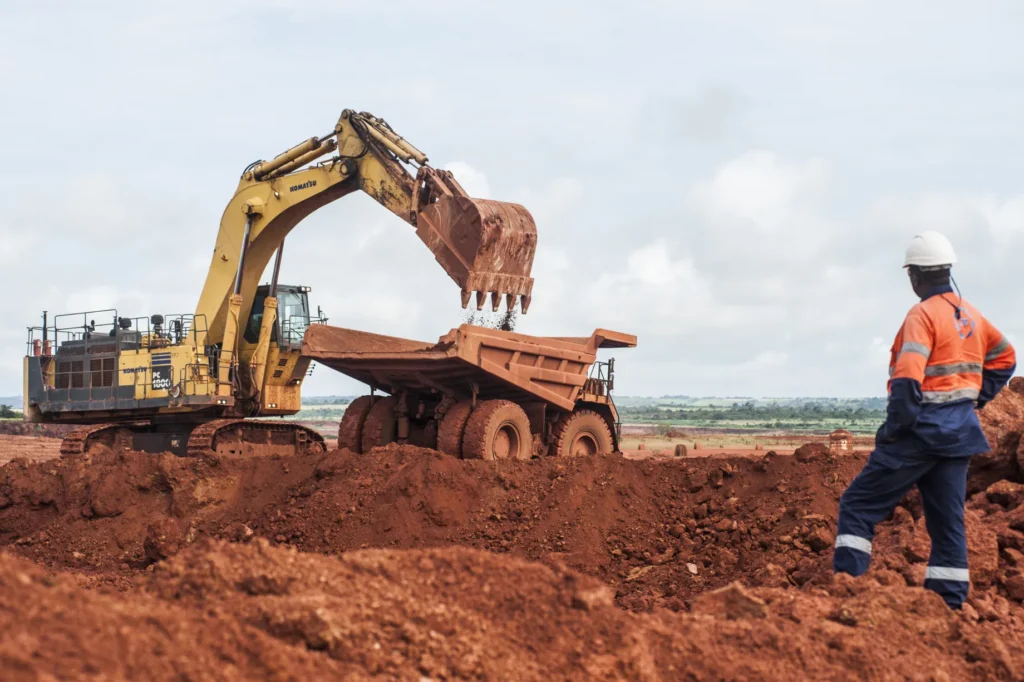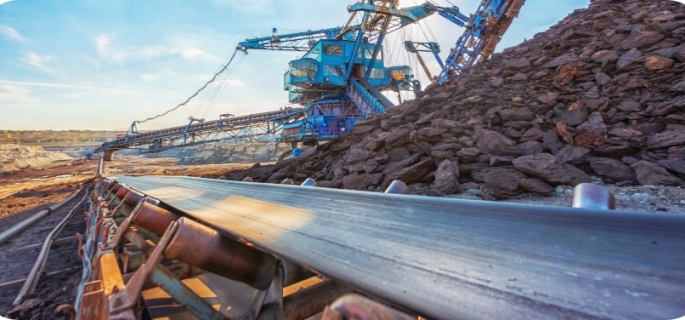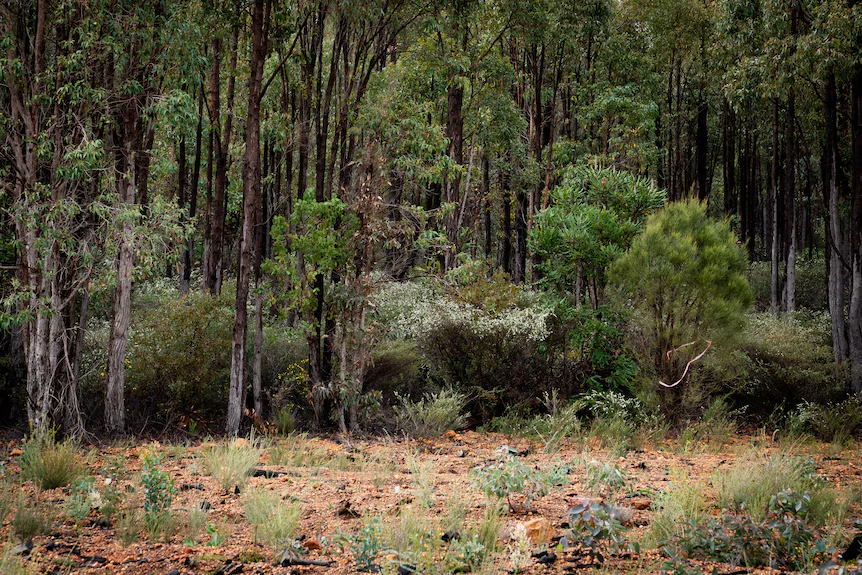Bauxite Mining in Africa

Bauxite mining in Africa plays a vital role in the global supply of aluminum, with the continent hosting some of the largest and highest-grade bauxite reserves in the world. Africa’s low-cost, near-surface deposits—especially in West Africa—make it a strategic hub for bauxite production and export.
Here’s a concise overview of bauxite mining across the continent.
1. Africa’s Bauxite Reserves
Africa holds over 30% of global bauxite resources, primarily concentrated in:
- Guinea: The world’s largest reserve holder—over 7 billion tonnes
- Liberia: High-grade deposits with growing Chinese investment
- Sierra Leone: Long history of bauxite mining; expanding operations
- Ghana & Côte d’Ivoire: Emerging producers with new exploration projects
Guinea alone accounts for a quarter of global bauxite output and is often called the “Saudi Arabia of Bauxite.”
2. Key Bauxite Mining Projects
| Country | Major Operations |
|---|---|
| Guinea | – Simandou (Rio Tinto, Winning Consortium) – Sangarédi (CBG – Compagnie des Bauxites de Guinée) – Fria and Kindia mines |
| Liberia | – Ganta Mine (Nysco Minerals) – Putu Range (Chalco of China) |
| Sierra Leone | – Mokanji Hills Project (Hindalco) – Historical operations by Sierra Leone Development Company (SLDC) |
| Ghana | Exploration underway in Awaso and western regions |
These projects are increasingly linked to infrastructure development, including railways and deep-sea ports.
3. How Bauxite Is Mined
Bauxite mining in Africa is typically open-pit, due to shallow, lateritic deposits formed from tropical weathering of aluminum-rich rocks.
Mining Process:
- Clearing and overburden removal
- Excavation using shovels and loaders
- Washing and grading to remove clay and impurities
- Stockpiling and transport via truck, rail, or conveyor
- Export through coastal terminals
The process is relatively low-energy compared to hard rock mining.

4. Economic Importance
- Export Revenue: Bauxite is a top mineral export for Guinea and Liberia
- Employment: Thousands of direct and indirect jobs created
- Infrastructure Development: Mines drive construction of roads, rail lines, and ports
- Foreign Investment: Strong interest from China, India, and Europe
China now imports over 60% of Guinea’s bauxite to feed its aluminum smelters.
5. Environmental and Social Considerations
While economically beneficial, bauxite mining poses challenges:
- Deforestation and land degradation
- Water pollution risks from red mud and runoff
- Displacement of communities near mining zones
- Need for post-mining rehabilitation
Responsible operators implement:
- Revegetation programs
- Community benefit agreements
- ESG-compliant practices

FAQs
Q1: Which African country produces the most bauxite?
A1: Guinea is the top producer, followed by Ghana, Liberia, and Sierra Leone.
Q2: What is bauxite used for?
A2: It is refined into alumina, which is then smelted into aluminum for use in EVs, packaging, aerospace, and construction.
Q3: Who buys African bauxite?
A3: Mainly China, India, and European aluminum producers.
Conclusion
Bauxite mining in Africa is a cornerstone of the global aluminum supply chain. With vast reserves, favorable geology, and growing infrastructure, West Africa is set to remain a dominant force in sustainable and strategic mineral production.

